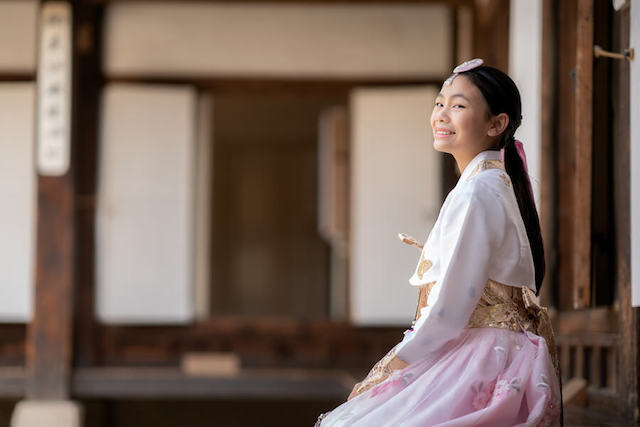Since its independence in 1948, South Korea has enjoyed rapid developments that transformed what was an impoverished country into one of the leading prosperous, industrial societies today. It also pushed the country to adopt Western ideas and values, and the nation thus evolved to be more Western-centric.
That said, it is not to say that South Korea doesn’t hold onto its traditions. Contemporary achievements often overshadow these traditional customs but here’s a list of 5 conventional customs that add to its abundant charms.
Etiquette – Confucianism Teachings
Like most Asian countries, South Korean society places importance on the hierarchical relationships shared between individuals. Despite adopting Western ideologies, the country still follows traditional Confucian teachings, which emphasises propriety in the five sets of human relationships.
Whilst not overt, the teachings are very much alive today. It’s prevalent in the language alone, which possesses 3 levels of respect. Unless you’re close to the other party, you never use their first names to address them. When addressing a social superior such as your corporate manager, you will need to add the honorific suffix 님 (nim).
Food – Kimchi (김치)
The most staple Korean food – apart from rice – is the popular fermented vegetable, kimchi. With a history that dates back to 37 BC, this side dish has undergone several transformations. Traditionally, kimchi was stored in in-ground earthenware, which will keep it cool in the summer and prevent it from freezing in the winter. Of course, in contemporary times, refrigerators are more than sufficient.
Sports – Traditional Korean Wrestling
Just like food, it is a well-known fact that sports can bring people of different backgrounds together. For the first time in a long time, North and South Korea combined forces to enter traditional wrestling, also known as 씨름 (ssireum), into UNESCO’s Safeguarding of the Intangible Cultural Heritage. Their efforts paid off as ssireum has won the cultural heritage status.
Initially used in military applications, this sport became a popular pastime of the people. Despite having only one professional team remaining in the country, Korea is beginning to see a potential expansion of ssireum as a global arts sport, much like how taekwondo has become.
Health Treatments – Charcoal Kiln Saunas
Before the emergence of large public bathhouses, also known as 찜질방 (jjimjilbangs), there were charcoal kiln saunas. Believed to have therapeutic properties, these charcoal kiln saunas were often frequented by those who were suffering from ailments or health conditions. The heat helps the body to remove the toxins via sweat. Sometimes, pine needles and mugwort would be present as well, as their aroma is believed to have healing properties. Buddhist monks would even visit these kilns to meditate or read their scriptures.
Whilst they still exist, charcoal kiln saunas are still uncommon and you would thus need to go out of your way to experience one. These kiln saunas only became more accessible again when jjimjilbangs started to include kiln rooms. These rooms imitate the conditions of an actual kiln, except the heat is mostly generated by electricity. Even then, the belief that these kiln saunas possess healing abilities has contributed to its rising popularity.
Architecture – Ondol Flooring
Traditional houses with thatched roofs are, unfortunately, increasingly uncommon in today’s modern South Korea. The charming Korean architectural styles were rejected in favour of urbanisation in the 1960s.
That said, one particular aspect of these traditional homes has been brought forward close to half a century later. Most contemporary homes still feature the 온돌 (ondol) floor system – a heated flooring system that uses under-the-floor flues to channel warm air and smoke from an exterior fireplace. With these warm floors, Koreans grew to adopt a ‘sitting culture’ – from sitting to even sleeping on the floor. This also explains why shoes aren’t worn in homes – in addition to the need to maintain hygiene. Of course, today’s ondol flooring is slightly different. Instead of hot air, hot water is used to warm the floor.
While South Korea has welcomed modernisation, there are still several traditional customs that are kept alive today. It’s a challenging task to uphold, and each day, these traditions are at the risk of extinction. But as with many other cultural norms, it is bound to evolve with the times. The charms of the past will not disappear; they will just exist in a different form.
If you’re interested in finding these fascinating quirks, have a go at picking up the first thing that will give you accessibility: the Korean language! Enrol in a Korean language class and delve into Korean traditions and customs – both traditional and modern! As Singapore’s number 1 Korean language school, our native Korean teachers are dedicated to sharing with you the charms that have pushed Korea to be one of the leading countries in entertainment and technology, to name a few. Don’t wait any longer; sign up for a Korean beginner course at Sejong Korean Language School today!


